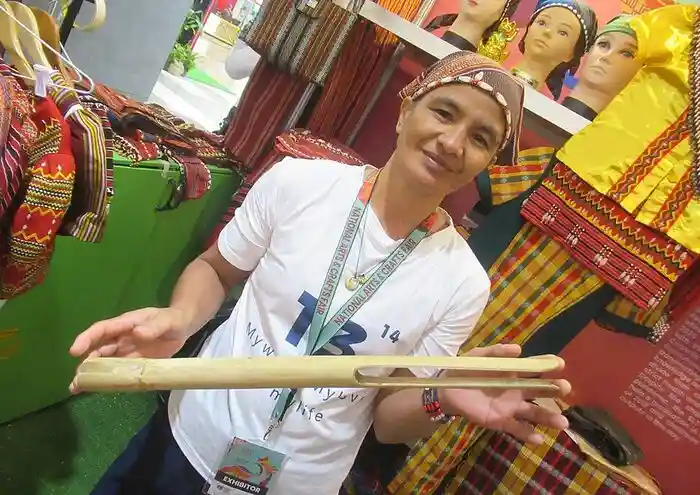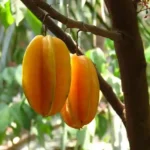Bungkaka – The Bamboo Buzz of the Cordilleras

The Philippines is home to a rich tapestry of indigenous instruments, and among the most fascinating is the Bungkaka, a traditional bamboo instrument played by various indigenous groups in the Cordillera region of Northern Luzon. Sometimes called a “bamboo buzzer,” the Bungkaka stands out not just for its unique sound, but also for the cultural depth it carries.
What Is the Bungkaka?
The Bungkaka is a percussion instrument made from a length of bamboo, typically around one to two feet long. The bamboo is split lengthwise at one end to create two vibrating tongues, while the other end is usually left closed or has a small hole. When struck or shaken, the split end creates a buzzing or humming sound, which gives the instrument its nickname.
The instrument is also known as a “bilbil” in some local dialects, and it belongs to the idiophone family—meaning the sound is produced by the material itself vibrating without the use of strings or membranes.
How to Play Bungkaka?
It is typically played by striking the open end against the palm, forearm, or any part of the body, causing the split ends to vibrate and emit a low, resonant buzz. The instrument can also be shaken rhythmically to produce a continuous sound. Although seemingly simple, mastering the Bungkaka requires rhythm, timing, and control.
It’s often played during community rituals, harvest celebrations, or as a way to scare off evil spirits or attract good fortune. In some cases, it is used by farmers while working in the field or during communal gatherings to create a natural, earthy rhythm.
Cultural Significance
To the indigenous groups like the Kalinga and Bontoc, the Bungkaka is more than just a musical instrument—it’s a symbol of identity, nature, and tradition. Since it is crafted from locally sourced bamboo, it reflects the deep connection between the people and their environment. The act of playing the Bungkaka often involves not just music, but storytelling, spirituality, and communal bonding.
In modern times, the Bungkaka has found its way into cultural performances, school programs, and even fusion music genres where traditional Filipino instruments are blended with contemporary sounds.
Preserving a Sonic Heritage
Like many indigenous instruments, the Bungkaka faces the risk of being forgotten as younger generations move toward digital and globalized music trends. However, thanks to cultural education programs, heritage festivals, and the efforts of local artisans and musicians, instruments like the Bungkaka are experiencing a revival.
Schools in the Philippines now often include indigenous instruments in their music curricula, and musicians incorporate the Bungkaka into their compositions to showcase Filipino cultural roots.
Final Buzz
The Bungkaka may be simple in form, but its resonance goes beyond sound—it echoes a people’s way of life, their artistry, and their bond with nature. In a world that’s constantly rushing toward the new, instruments like the Bungkaka remind us of the beauty in tradition, rhythm, and community.










